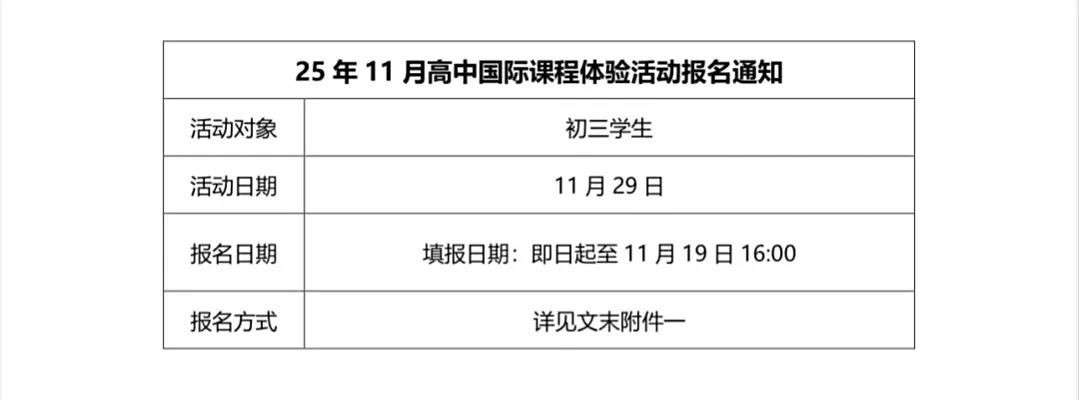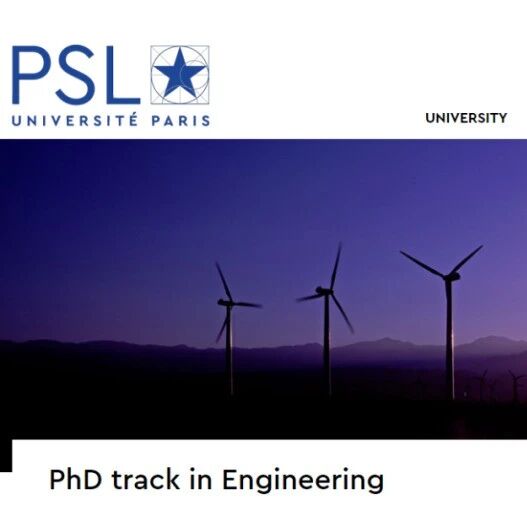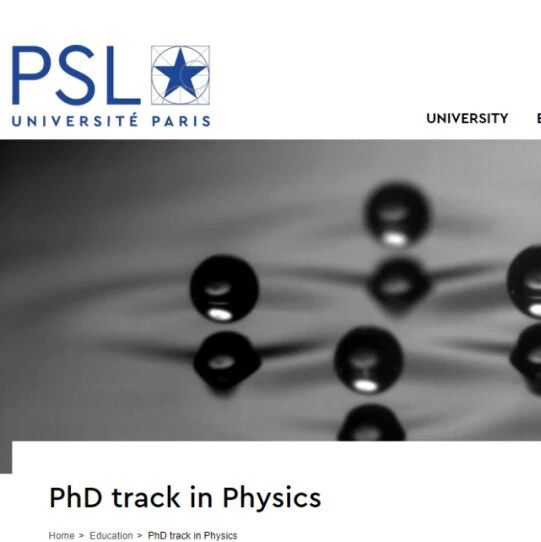对于许多初到美国的中国学生而言,课堂上的 Presentation 是最常见、同时也是最具挑战性的环节。
与国内课堂的“汇报”不同,美国的 Presentation 更强调 信息传递的清晰度、逻辑结构的完整性、以及与听众的互动感。
接下来,机构老师将从 准备—表达—互动—收尾 四个方面,系统梳理应对策略,帮助你在第一次 Presentation 时避免尴尬,展现专业度!
准备阶段
1.明确目标受众:
听众是教授还是同学?是学术型还是应用型的场景?内容应根据受众的背景知识和期待来调整。
2.结构化框架:
常见模式为 “Introduction – Body – Conclusion”。
建议提前写好提纲,每一部分只保留 2-3 个关键信息点,避免冗长。
3.精简幻灯片:
一张 PPT 只传递一个信息点。文字简短(关键词 + 图表/图像),避免出现“文章式段落”。
表达阶段
1.开场三步法:
引入主题(一句简短的背景或问题);
说明目的(你的 Presentation 想回答什么问题);
预览结构(告诉听众你将分几个部分展开)。
例如:
“Today, I will discuss three aspects of … First, … Second, … Finally, …”
很多同学一上来就想用复杂的句子或“背好的稿子”,结果紧张时容易卡住。其实在美国课堂上,老师和同学更喜欢 清晰、简洁 的开场。
比如:
“Hi everyone, today I’m going to talk about…”
“The topic of my presentation is…”
直截了当,比掉书袋更能赢得注意力。也可以使用以下句子:
自我介绍
- Good morning/afternoon everyone, my name is…
- It’s a pleasure to be here today to share my ideas with you.
- Thank you for giving me the opportunity to present today.
引出主题
- Today, I would like to talk about…
- The focus of my presentation is…
- What I’m going to share with you is…
吸引注意(故事/问题/数据)
- Let me start with a question: Have you ever wondered why…?
- According to recent research/statistics, …
- I’d like to begin by sharing a short story about…
告诉听众接下来会讲什么
- My presentation is divided into three main parts.
- First, I will talk about… Then, I’ll move on to… Finally, I’ll conclude with…
- Here is the roadmap for today’s presentation: …
2.语速与重音:
语速放慢 10%-15%,每个关键信息点要刻意加重语气。不必刻意掩饰口音,更重要的是让听众清楚抓住重点。
3.非语言表达:
眼神交流:每 3-5 秒扫视不同区域,避免只盯着屏幕。
手势与站姿:自然即可,避免双手抱胸或过度走动。
互动阶段
很多中国学生在 Presentation 时,习惯“一口气讲到底”,但在美国课堂,教授和同学往往希望能参与其中。好的互动不仅能让气氛轻松,还能让你看起来更自信、专业。
1. 设问法
提问时机:
转换段落时(如“Before we move on, let’s think about…”);
给出数据或结论时(如“So, what does this number really mean?”)。
提问类型:
封闭式问题(Yes/No,简单回答即可),适合课堂时间紧张:
“Do you think this result is consistent with our earlier discussion?”
开放式问题(引导思考,但不一定要有人回答),提升参与感:
“If you were the decision maker, how would you respond to this situation?”
注意事项:不要期待每次都会有人马上回答。很多时候只是引导思考,你自己接着往下说即可,避免现场冷场。
2. 简短回应
在美国课堂,教授或同学提出问题很常见。即便一时答不上来,也不要慌,用以下三步法就能显得专业:
第一步:认可问题价值
· “That’s a great point.”
· “Thanks for bringing that up.”
第二步:表明立场或初步想法
· “Based on my research, I would argue that …”
· “From the current data, we can see that …”
第三步:留出后续空间(如果没答案)
· “I may need to check more sources, but I’ll be glad to follow up after class.”
· “That’s definitely something I want to look deeper into.”
3.过渡语
进入新部分
- Let’s move on to the next point, which is…
- Now, I’d like to focus on…
- This brings me to my second point…
强调重点
- What I really want to highlight here is…
- It’s important to note that…
- One key takeaway is that…
对比和转折
- On the one hand…, but on the other hand…
- In contrast to what I mentioned before…
- However, we should also keep in mind that…
收尾阶段
结尾往往决定了听众的整体印象。很多人演讲内容很好,但最后一句“嗯,就这样吧”会大大减分。一个正式、完整的收尾,能让你看起来有条理、有准备。
1. 总结核心要点
用一句话把内容收拢,不要重复全部细节。可以参考以下模板:
“In summary, my presentation highlighted three main points: …”
“To conclude, the key takeaway is that …”
这样既展示逻辑清晰,也帮助听众记住重点。
2. 发出邀请
给听众一个自然的互动机会,而不是“说完就跑”。
· “I’d be glad to discuss further in the Q&A.”
· “Thank you for your attention, and I look forward to your thoughts.”
如果是小组课堂:
· “I’d love to hear your perspectives on this issue.”
3. 避免尴尬式结束
❌ 不要说:
· “That’s it.”
· “I’m done.”
· “Nothing more.”
✅ 推荐的收尾:
· “That concludes my presentation. Thank you.”
· “This is all I have prepared. Thank you very much.”
· “I really appreciate your time and attention.”
·Thank you so much for listening. I’d be happy to take any questions.
·That’s the end of my presentation. Thank you for your attention.
·I really appreciate your time today, and I hope my ideas were helpful.
在美国课堂上,Presentation 既是对语言能力的考验,更是对逻辑思维和表达能力的综合评估。
清晰的结构、简洁的语言、自然的交流,远比华丽的词汇和复杂的句式更能展现你的专业度。
第一次上台或许会紧张,但当你真正做到了“让别人听懂”,你就已经完成了 80% 的成功。















